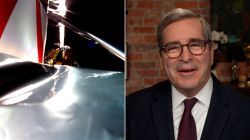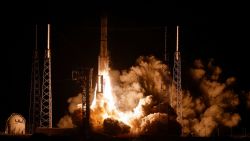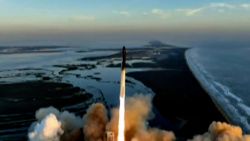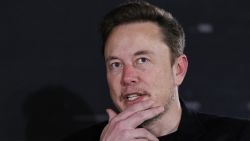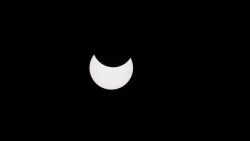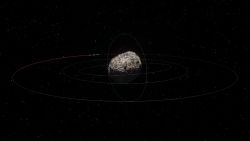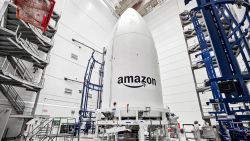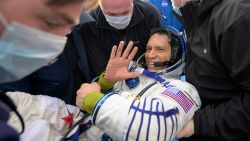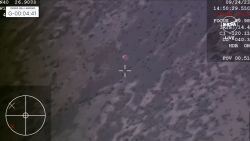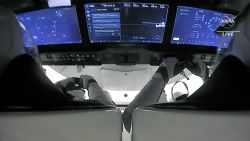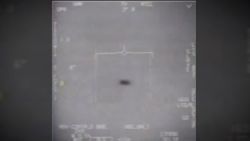Former NASA astronaut Chris Ferguson says he no longer plans to command the first-ever crewed mission of the Boeing Starliner,the spacecraft he’s spent the last decade helping to build.
NASA and Boeing made the announcement Wednesday morning, saying Ferguson made the decision for “personal reasons.” Ferguson said in a follow-up tweet that he plans to prioritize his family, and he “made several commitments which I simply cannot risk missing.”
He did not provide further details.
Ferguson, an engineer and veteran of three Space Shuttle missions, left the NASA astronaut corps in 2011 to help Boeing design and build a next-generation spacecraft that could take over the task of transporting astronauts to and from the International Space Station.
In 2018, Boeing announced Ferguson would command the Starliner’s first-ever crewed test flight, and he was expected to become the first corporate astronaut — his flight suit bares a Boeing logo where others have the NASA emblem.
The astronauts who traveled on SpaceX’s first-ever crewed mission in May, Robert Behnken and Douglas Hurley, were both active members of the NASA astronaut corps, not SpaceX employee.
Ferguson was supposed to be the only Boeing employee onboard the Starliner test flight, and he was to be joined by two NASA astronauts inside the capsule on its maiden flight.
But now the flight will be all NASA astronauts.
NASA’s Barry “Butch” Wilmore, who’s served two prior stints on the International Space Station, will replace Ferguson as commander of the mission, joining NASA’s Mike Fincke and Nicole Mann, who were previously assigned.
At the time Feguson was assigned to command the mission, Boeing expected the Starliner to be ready for flight by 2019. But the spacecraft’s development has been plagued by development issues and schedule slips. In December 2019, during an uncrewed test flight of the vehicle, significant software errors caused the spacecraft’s enginesto misfire, and the Starliner would up on the wrong orbital path. The vehicle was forced to return to Earth days ahead of schedule and without having docked with the International Space Station. NASA and Boeing officials spent months hashing out what went wrong and why the problem wasn’t caught before Starliner launched.
Boeing now plans to repeat the uncrewed test flight in December or January. Starliner is not expected to be ready for its first crewed flight before June 2021.
Ferguson said via Twitter that he remains “deeply committed to human spaceflight” and “dedicated to the Starliner program.”
“I’m not going anywhere, I’m just not going into space next year,” he said, confirming he’ll continue to work with Boeing on the Starliner.
Boeing’s Starliner spacecraft is being developed under NASA’s Commercial Crew program, which allocated $4.2 billion to Boeing and $2.6 billion to SpaceX in 2014. Both companies were expected to develop spacecraft that would remain privately owned but that NASA could use to ferry astronauts to the ISS — a capability the space agency lost with the retirement of the Space Shuttle program in 2011.
SpaceX won the race to the launch pad with its May launch of a Crew Dragon capsule.
The first fully operational mission of the Crew Dragon, which will take four astronauts to the ISS for a six month stay, is expected to take off October 31.
Correction: An earlier version of this article incorrectly stated that Ferguson was set to be the first person to return to space after leaving NASA. John Glenn traveled to space in 1998, 34 years after he resigned as an astronaut.



